
TLDR – AHR 2025 session Decarbonization and the New Energy Management Opportunity
Stephanie Poole, Principal of SES Consulting, shared a quick story that sets the stage for today’s conversation. Recently, I worked with a client who installed
Home » sustainability

Stephanie Poole, Principal of SES Consulting, shared a quick story that sets the stage for today’s conversation. Recently, I worked with a client who installed
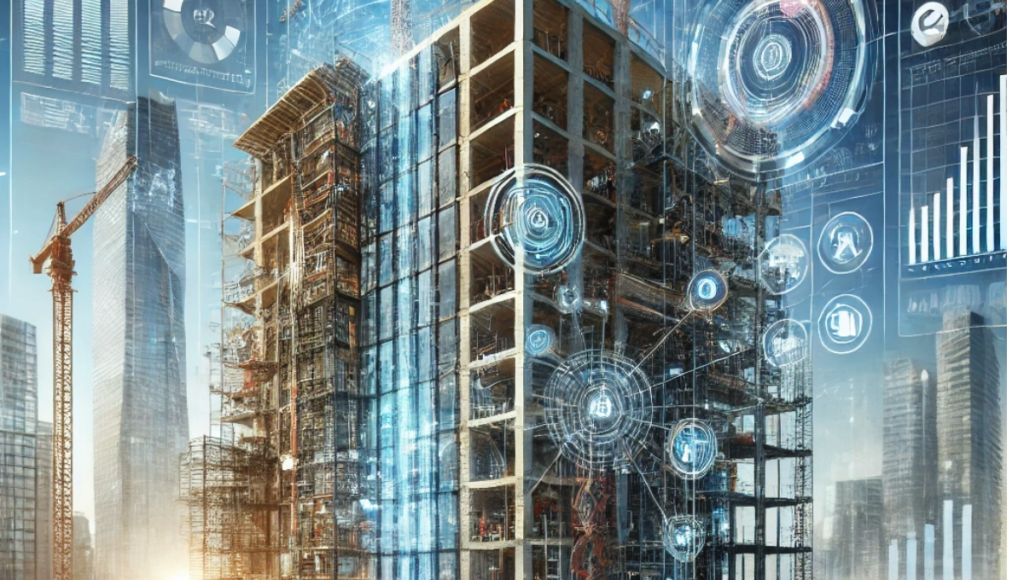
The session with Brad White, Michael MacMahon, Dave Mulcahy, and Greg Fitzpatrick underscored the urgent need for the HVAC industry to adapt. We must evolve
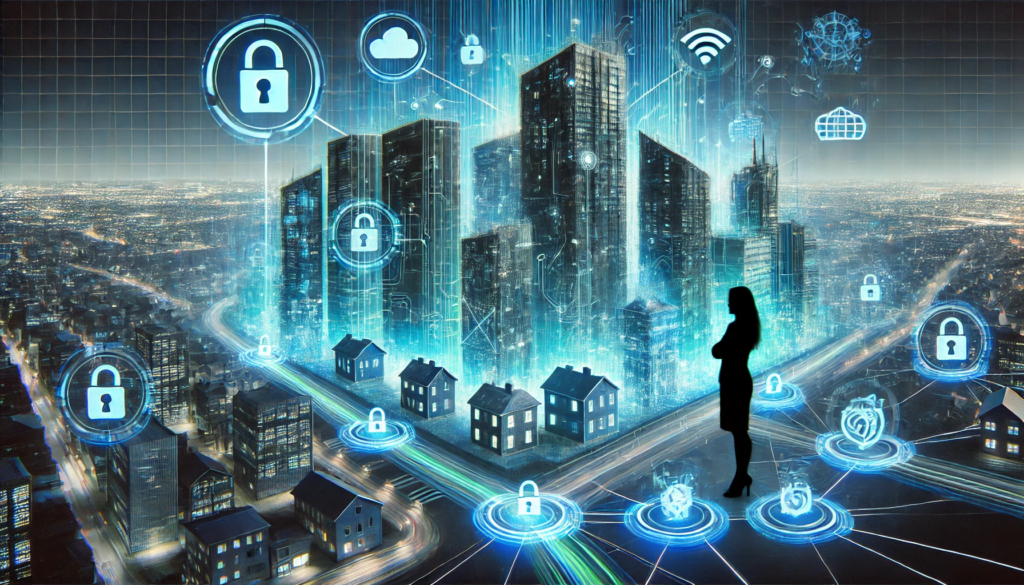
In this week’s Monday Live session, the focus was on exploring whether our buildings are ready for AI integration. The session built on last week’s
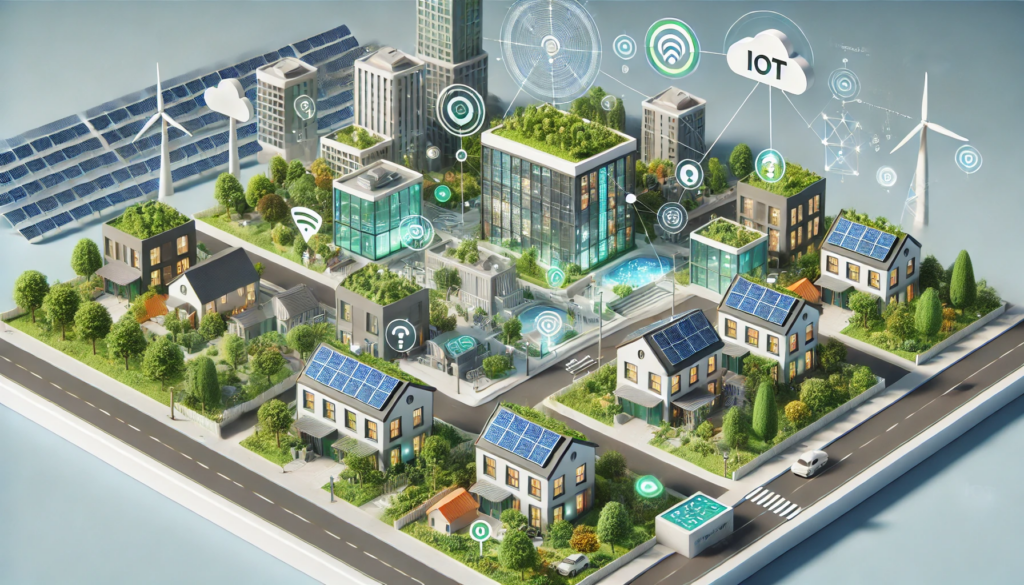
Here is the first TLDR summary of our education sessions at AHR Expo 2025 in Orlando . Our first session, “Scaling Up: The Next Wave
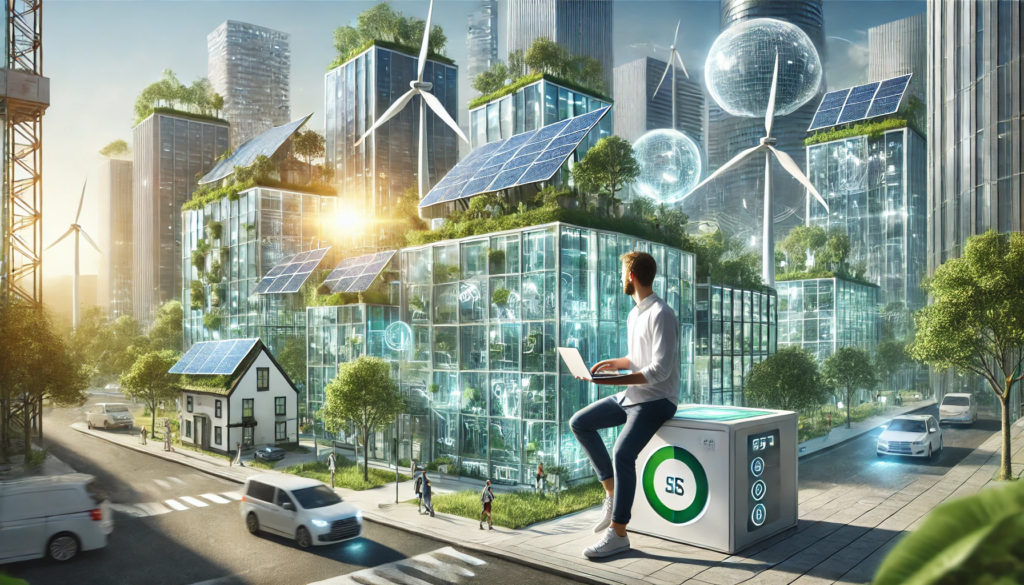
Decarbonization is reshaping the energy management landscape, creating new opportunities and challenges for BAS professionals. From electrification and energy optimization to industry collaboration, the path to a low-carbon future is complex but full of potential. By embracing this transformation, BAS professionals can play a pivotal role in driving sustainable solutions and shaping the future of smart building design. The time to act is now—decarbonization is not just the future; it’s the present.

Contributing Editors Brad White and Stephanie Poole bring a focus on energy, electrification, and healthy buildings to AutomatedBuildings.com Education Sessions. AHR 2025 is already upon
As we step into 2025, the data center industry continues to evolve rapidly, driven by technological advancements, sustainability goals, and the ever-increasing demand for data processing and storage. Key trends shaping data center management this year include AI and machine learning integration, sustainability and energy efficiency, edge computing expansion, enhanced security measures, hybrid and multi-cloud strategies, and digital twin technology. These innovations are set to transform the way data centers operate, ensuring efficiency, performance, and sustainability.
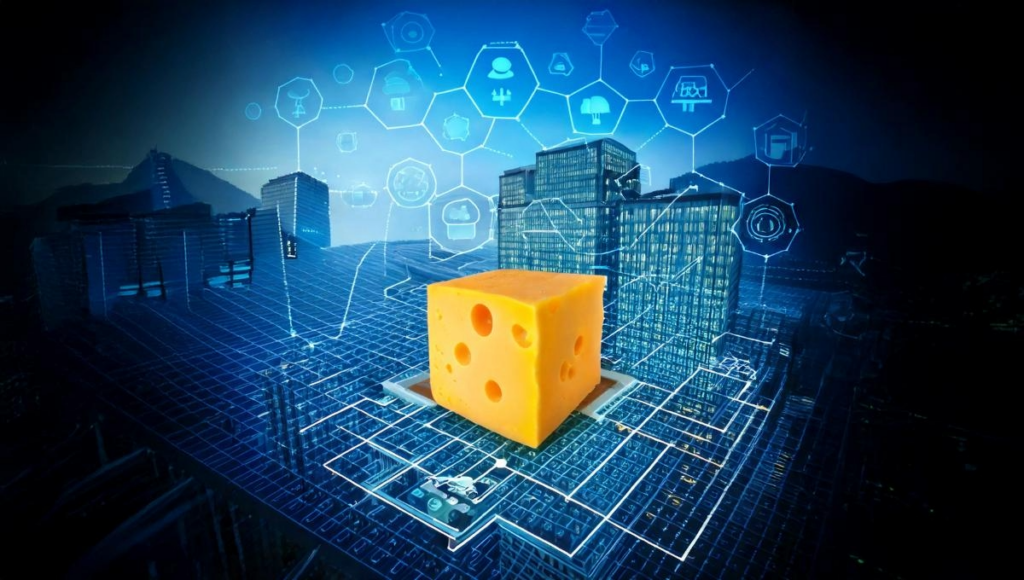
Moving the Cheese: How to Adapt to Change in the Building Automation Industry
A discussion on the challenges and opportunities in the age of AI and open standards
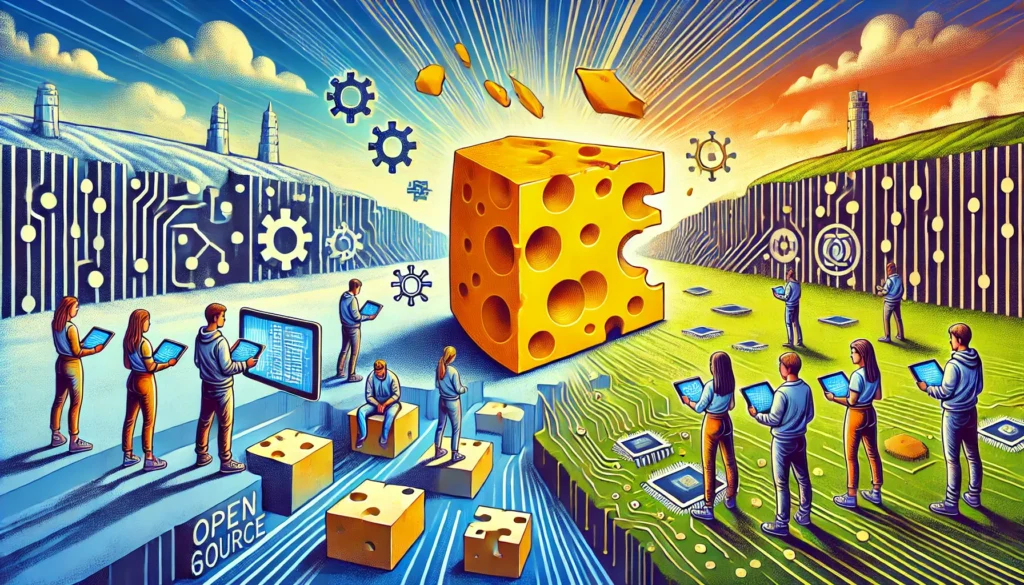
The cheese is moving! We’re seeing a shift in the way the younger generation thinks. They’re no longer looking for a single-walled garden vendor to control access to content, applications, hardware, and user data. They’re all about composability and being in control of their own destiny.

As we reflect back on the twists and turns of 2024 and face 2025 with its new variables and uncertainties, it’s helpful to take a step back and examine the bigger picture, especially our mindset. Life is a dynamic, ever-shifting landscape. We experience periods of stability and success, often followed by unforeseen challenges and setbacks. These fluctuations, the inevitable peaks and valleys of our existence, can be both exhilarating and daunting. But what if we could learn not just to survive these changes but to actually thrive amidst them? We are not merely passive recipients of fate but active participants who can learn from both success and failure to create a more meaningful and fulfilling life.

Stephanie Poole, Principal of SES Consulting, shared a quick story that sets the stage for today’s conversation. Recently, I worked with a client who installed

The session with Brad White, Michael MacMahon, Dave Mulcahy, and Greg Fitzpatrick underscored the urgent need for the HVAC industry to adapt. We must evolve

In this week’s Monday Live session, the focus was on exploring whether our buildings are ready for AI integration. The session built on last week’s

Here is the first TLDR summary of our education sessions at AHR Expo 2025 in Orlando . Our first session, “Scaling Up: The Next Wave

Decarbonization is reshaping the energy management landscape, creating new opportunities and challenges for BAS professionals. From electrification and energy optimization to industry collaboration, the path to a low-carbon future is complex but full of potential. By embracing this transformation, BAS professionals can play a pivotal role in driving sustainable solutions and shaping the future of smart building design. The time to act is now—decarbonization is not just the future; it’s the present.

Contributing Editors Brad White and Stephanie Poole bring a focus on energy, electrification, and healthy buildings to AutomatedBuildings.com Education Sessions. AHR 2025 is already upon
As we step into 2025, the data center industry continues to evolve rapidly, driven by technological advancements, sustainability goals, and the ever-increasing demand for data processing and storage. Key trends shaping data center management this year include AI and machine learning integration, sustainability and energy efficiency, edge computing expansion, enhanced security measures, hybrid and multi-cloud strategies, and digital twin technology. These innovations are set to transform the way data centers operate, ensuring efficiency, performance, and sustainability.

Moving the Cheese: How to Adapt to Change in the Building Automation Industry
A discussion on the challenges and opportunities in the age of AI and open standards

The cheese is moving! We’re seeing a shift in the way the younger generation thinks. They’re no longer looking for a single-walled garden vendor to control access to content, applications, hardware, and user data. They’re all about composability and being in control of their own destiny.

As we reflect back on the twists and turns of 2024 and face 2025 with its new variables and uncertainties, it’s helpful to take a step back and examine the bigger picture, especially our mindset. Life is a dynamic, ever-shifting landscape. We experience periods of stability and success, often followed by unforeseen challenges and setbacks. These fluctuations, the inevitable peaks and valleys of our existence, can be both exhilarating and daunting. But what if we could learn not just to survive these changes but to actually thrive amidst them? We are not merely passive recipients of fate but active participants who can learn from both success and failure to create a more meaningful and fulfilling life.
Our LinkedIn group has more than 4,000 members + 21,880 LinkedIn connections
Email sponsors@automatedbuildings.com